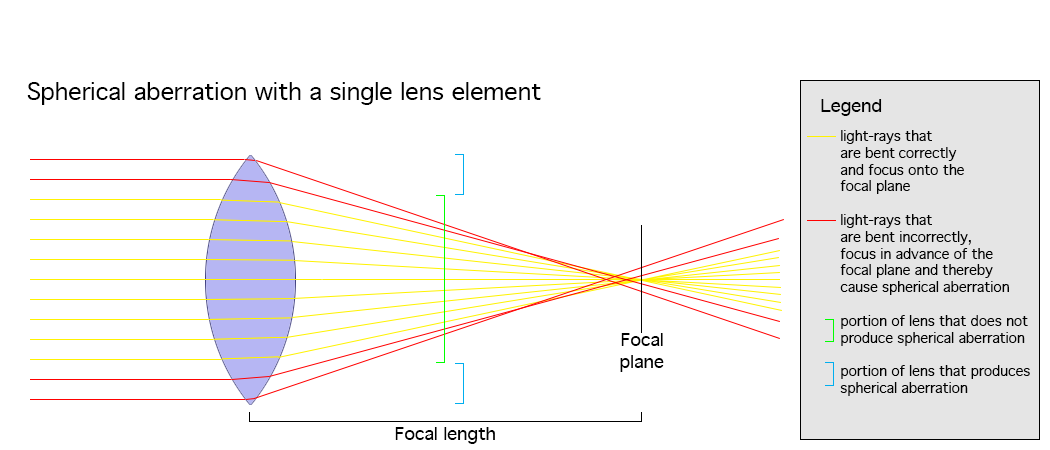Update (December 2021): The article series mentioned below is now finished, in its entirety (until someone asks me to extend it). You can the article series’ index page here.
I’m not going to apologise for having been silent for 2,5 months. Not only have I in the meantime submitted my (unrelated) PhD thesis for examination – and the pandemic is putting some extra strain on the daily existence of a family man – a lot has been going on in JAPB in relative silence.
As I’ve promised earlier, I’m working on a series of comparison reviews of various fast (f/1.4 or brighter) 50-58 mm. lenses. But in doing so I noticed I was actually using the most time on explaining what the various optical flaws and aberrations are all about (TBH, I also was unable to find satisfactory articles on the interweb). I felt these explanations and analyses were necessary, because the point of JAPB has never been to pass judgment, but to explain and allow you to understand.
To give examples, I found that (to aid the informed analysis of some brick wall – close-range sharpness – shots) I needed to formulate a commonplace description of what field curvature really (or ‘in the real world’) is all about. When analysing chromatic aberrations, I found I was repeatedly referring to an analysis of CA’s I had done in a previous comparison/review, and so on. I knew that once I’d get to scrutinising starscapes’ I’d be needing to replicate an earlier point about why most sites are wrong when they refer to something as ‘coma’ which really has (most often) very little to do with ‘coma’ or ‘comatic aberration’.
Sitting there one evening (or – TBH – night), two things suddenly hit me:
a) I would either have to (in future comparisons and reviews) always duplicate the requisite paragraphs that explain an optical flaw or aberration, and
b) most of the online descriptions of the myriad optical flaws and aberrations are either incomplete, imprecise, too theoretical (do not discuss how to work around an optical flaw), too piecemeal (do not consider the complex interplay that is lens design), and – too often – even outright wrong. In short, I’d be uncomfortable referring people to them.
It therefore seemed obvious that what I should do was to write a definitive guide to lenses’ optical flaws and aberrations, structured in such a way that each flaw and aberration gets its own article. And that’s basically what I’ve been – in the little spare time I have – doing.
I’m not nearly finished yet. Some articles still necessitate some research, some are just bullet points, some lack photographic examples or schematics, while some just need the finishing touches. On the other hand, as of writing this, five articles are finished (although one of them is not an optical flaw/aberration even though it is often referred to as if it was one), and you’re welcome to peruse them at your leisure. I’ve also made an index page of the whole series of articles (both published and forthcoming), and if you think there is an optical aberration or flaw JAPB’s missed, we welcome your suggestions.
In the meantime, I hope you’ll all stay safe.
